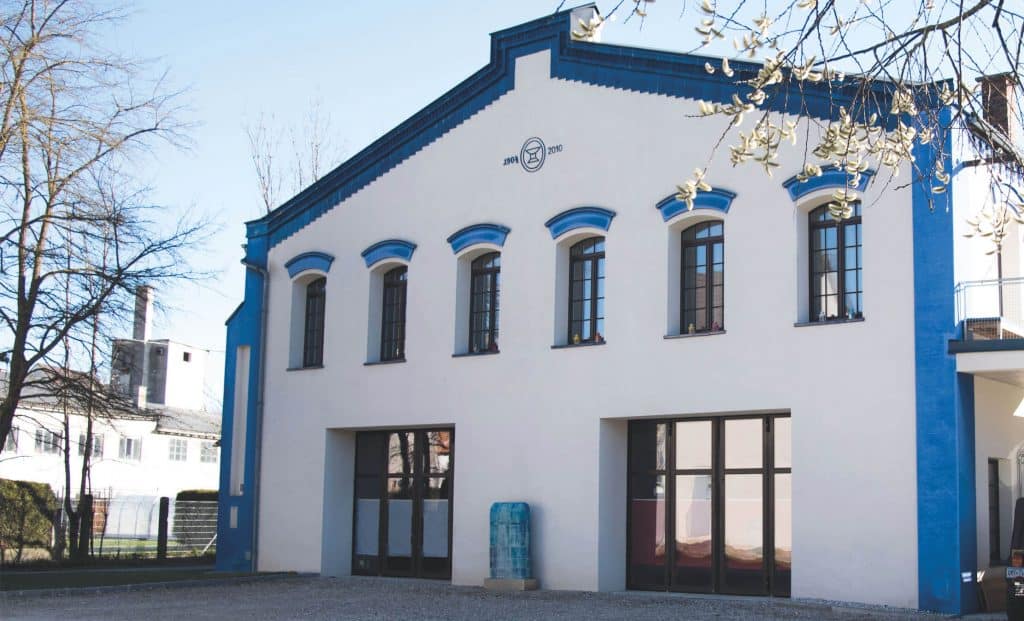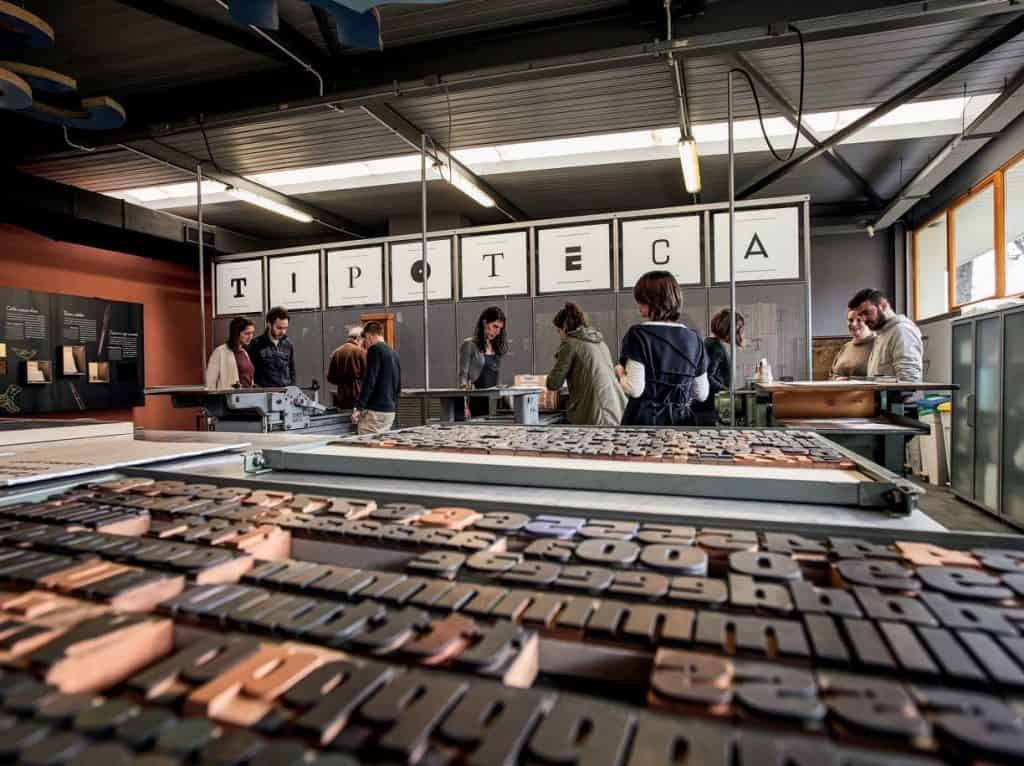The fact that the link between the creative and cultural industries and other sectors leads to many beneficial innovations is the motivation for which CIKE gets involved in many projects – including CoCo4CCI. Get inspired by the following successful examples of cooperation.
SHARVAN BIKE – a bike that adapts to anyone // Prešov, Slovakia
Prešovská nástrojáreň s.r.o., which is a part of the LPH Group, has been producing components for the technological and automotive industries for over 30 years. This is what motivated them to produce their own end product. They have developed a unique bike that combines 3 innovative functions – it can adapt to the size of the user, it’s foldable and its color can be changed.
The main components were designed by their in-house designers who knew the technologies used by LPH. The result is the incorporation of a carbon fiber composite material, which is produced by molding, which is a much faster method of production. This project combined creative design with the technologies used for the injection of plastic materials and aluminum casting.
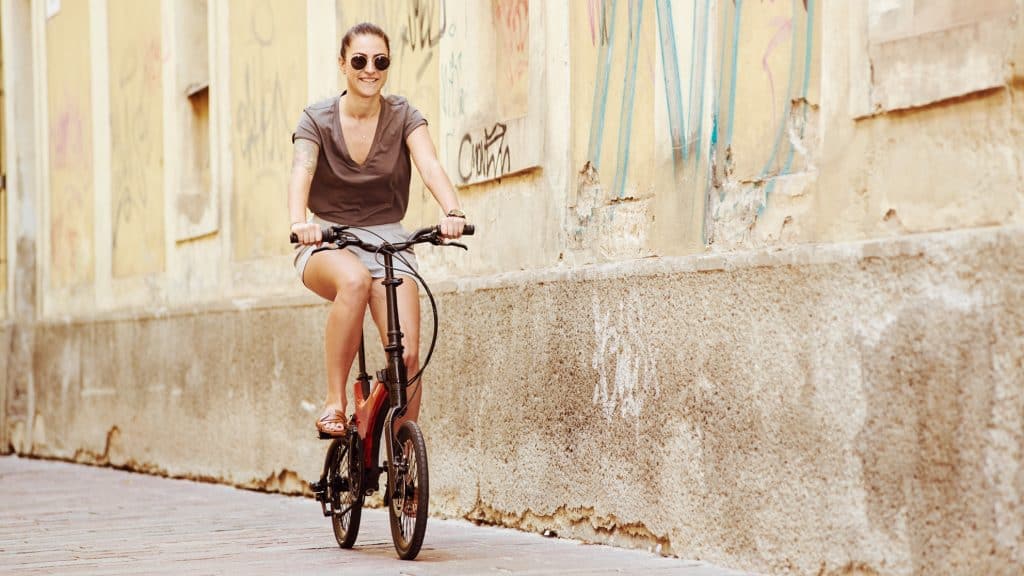
Source: SHARVAN Bike 
Source: SHARVAN Bike 
Source: SHARVAN Bike
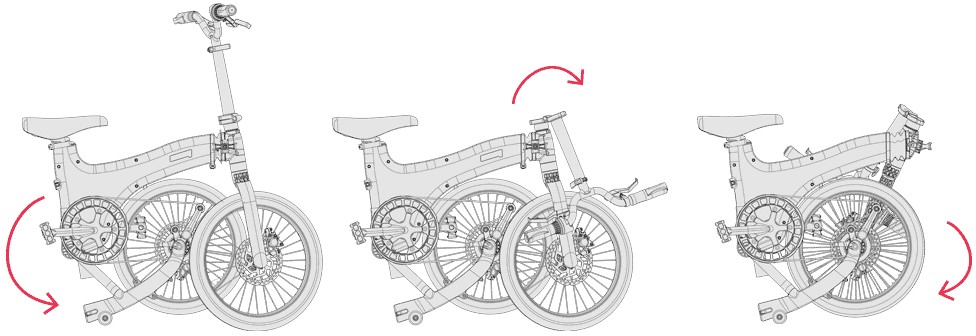
MyEquilibria: nature-inspired design or functional art sculpture for high-tech outdoor training // Resana, Italy
The following project combines architecture, design and art with physical training and wellness.
MyEquilibria brand is part of The Placemakers Group, the largest manufacturer of luxury outdoor furniture in the world. Their aim to create innovative parks, beautify public spaces, and inspire people to lead a healthy lifestyle. They approached designers, professional trainers, and industrial engineers to work together to create installations that are safe and technically accessible for all levels of sports skills.
The result is unique art installations that also serve as sports equipment. Their design is inspired by nature, specifically by the structure of trees. All these aspects improve the experience of exercising in a public space and connect us with our surroundings a little more.
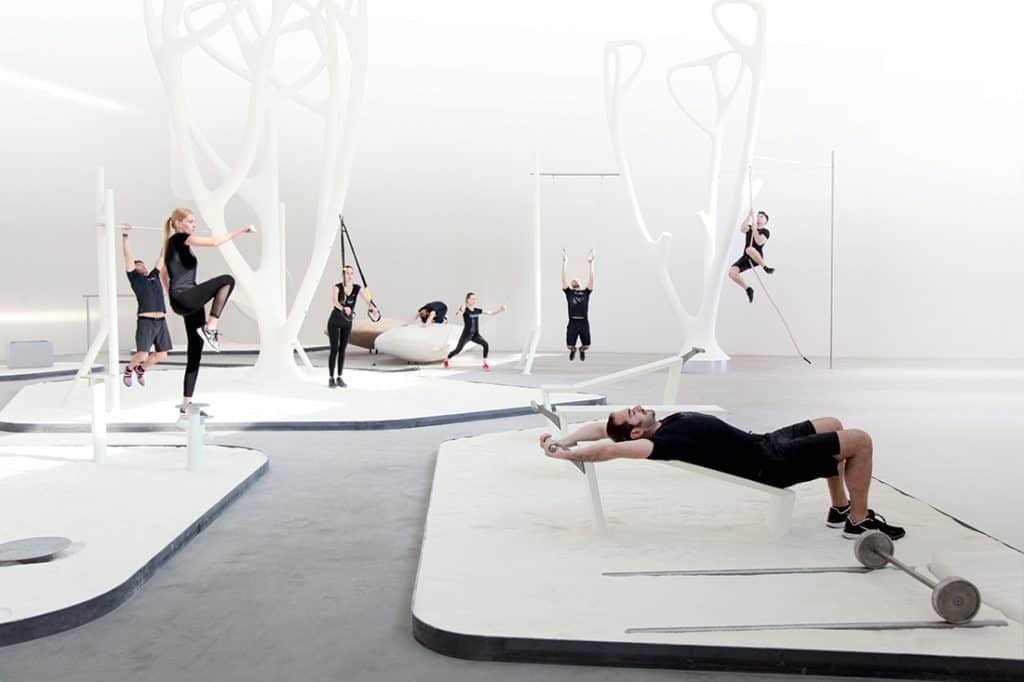

Source: My Equilibria 
Source: My Equilibria
Innovative porcelain production at NEU/ZEUG // Austria
Can a combination of quality design and local production lead to a new design brand? Can production be adapted to the individual needs of clients? NEU/ZEUG seems to have found not only the answers to these questions but also a way to sustainably link two different sectors.
NEU/ZEUG is a company that locally produces high-quality porcelain lamps. It connects two sectors – the creative design studio Designstudio Lucy.D and the porcelain manufacturing company Neuzeughammer. After a successful crowdfunding campaign in 2017, they launched their first collection called Pearls. Since then, they have introduced several other collections, which are characterized by colorful pastel colors and porcelain as a sustainable raw material. With their innovative approach, they have contributed to the use of 3D printing in the porcelain industry and to the research of new LED lighting technologies.
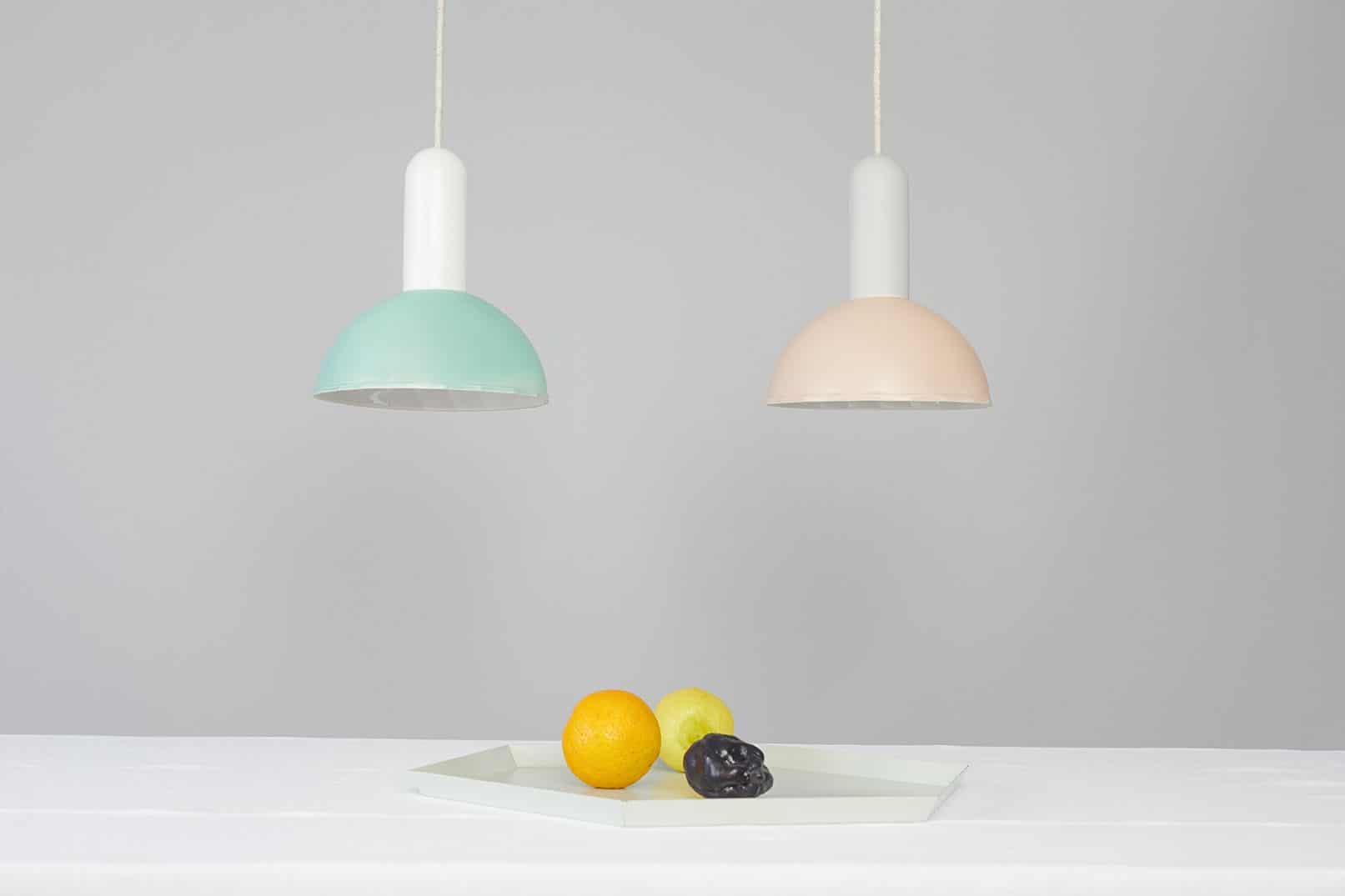
Tipoteca guards the Italian printing heritage // Crocetta del Montello, Italy
The aim of this project was to preserve the Italian printing heritage. To this end, Silvio Antiga, co-founder of the printing company AVM Grafiche Antiga, asked almost every Italian printing house for hand printing presses, movable types, type cases, and composing sticks. The main goal was to protect the precious historical and cultural traditions related to the art of printing.
The result is Tipoteca – a museum, private foundation, archive, library, printer, and gallery which all raise awareness of advanced manufacturing and printing through the collaboration between art, culture, and technological innovation. It is a great collaboration between the printing industry, history, and creative printing.
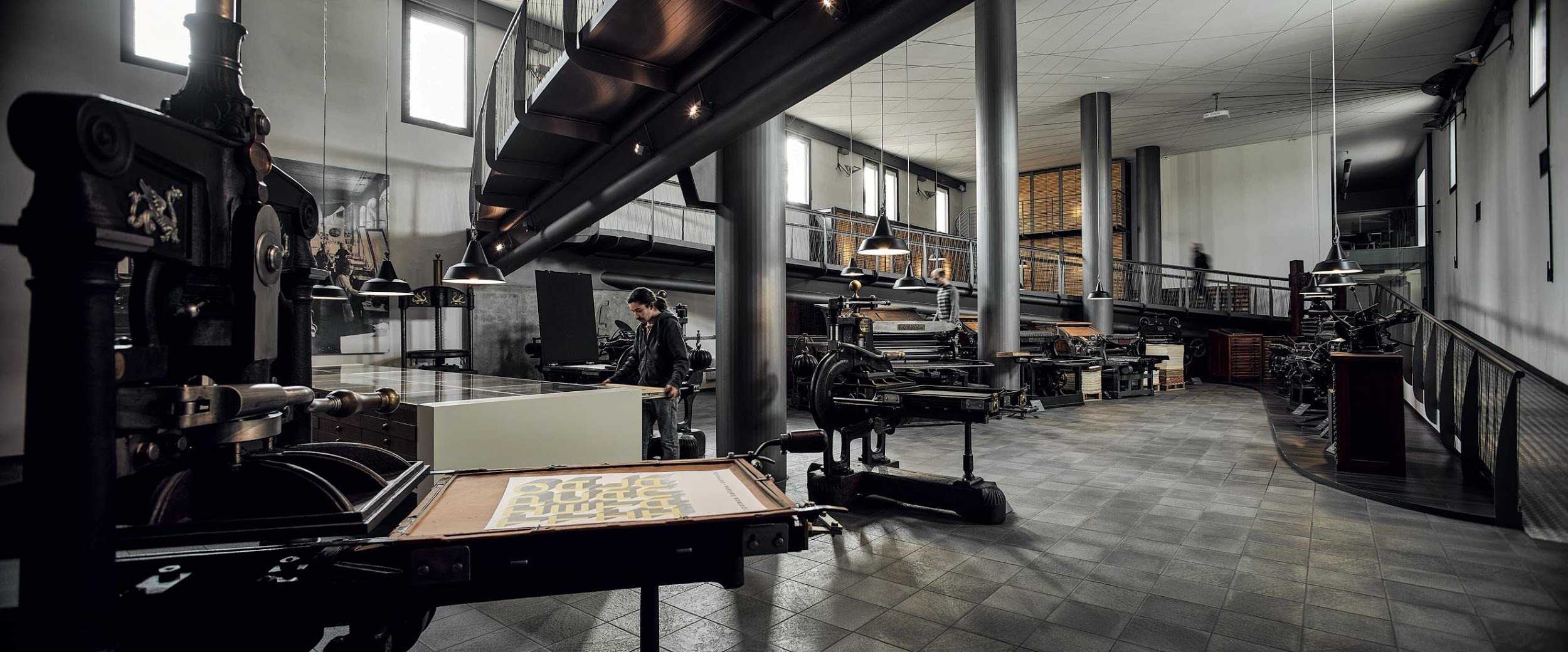
An application that brings playfulness into management from Luducrafts // Slovakia
Innogy, the largest supplier of gas and electricity in the Czech Republic, has undergone a transformation and introduced new lean principles for its management. These extensive changes in functioning required managers to change their approach to their subordinates. The challenge was to effectively help them apply their newly acquired competencies.
Luducrafts, a gamification company, has come up with a successful solution. They created a mobile application, thanks to which employees receive daily notifications with a clear task for the day. Communication within the company is thus more regular and less time-consuming.

Source: Luducrafts 
Source: Luducrafts
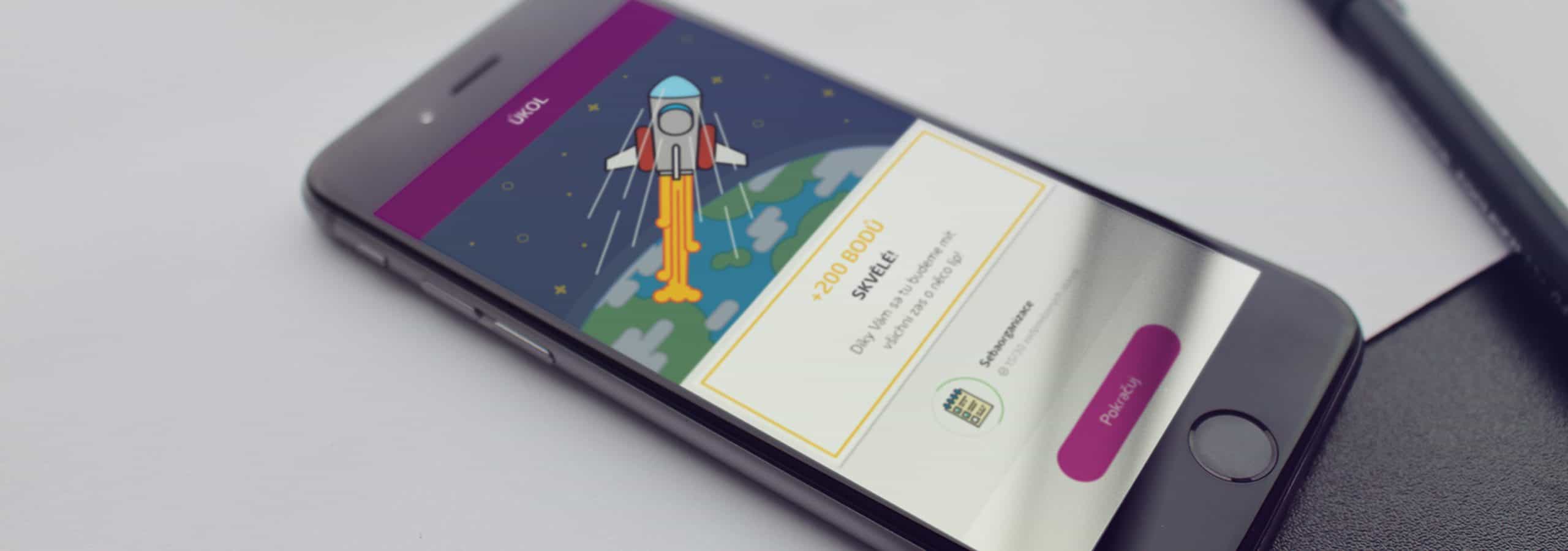
Functional collection of wooden windows from the family company Agat + // Szczecin, Poland
In the Scandinavian countries, only windows that meet strict criteria can be installed on buildings – the windows must match the external appearance of the building. The cooperation between the Agat + window company and a team of designers and scientists from the Academy of Arts in Szczecin aimed to develop a new collection of wooden windows with drip caps that would meet these requirements.
They wanted to extend the durability of wooden windows by improving their resistance to harmful weather conditions. The goal was achieved by adding a drip cap function and a new window design using innovative materials. The new window model is made out of wood and aluminum.

The board game Frank the Steelmaker illustrates the production processes at U. S. Steel // Košice, Slovakia
Architect Danka Bodnárová created a board game called Frank the Steelmaker during her art residency in the U. S. Steel Košice. In it, the hero of the same name introduces the players to the metallurgical production processes. The game is reminiscent of the popular Monopoly, with the difference that there are fields on it such as an iron ore mine, a blast furnace, a steel plant, or a rolling mill. The whole game board is made of galvanized sheet metal made in the factory.
The goal of her residency was to create an art project that draws on the rich metallurgic tradition in Košice and connects it with art. The result is a game that educates players and explains complex production processes in a simple and fun way.
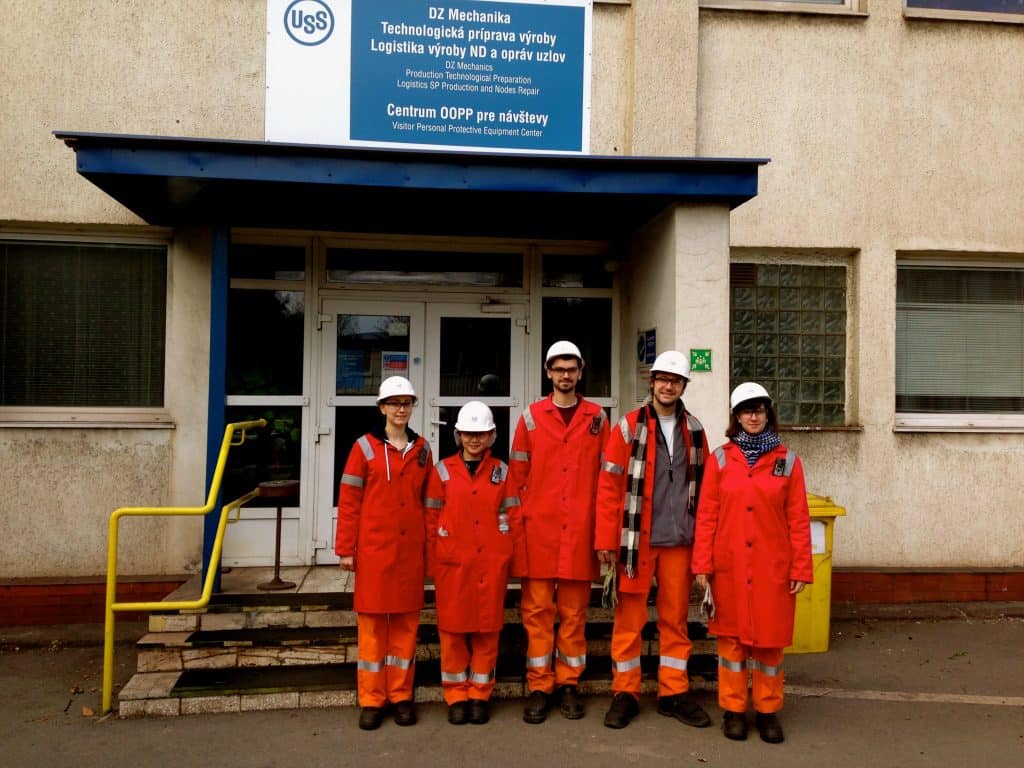
Source: U. S. Steel 
Source: U. S. Steel
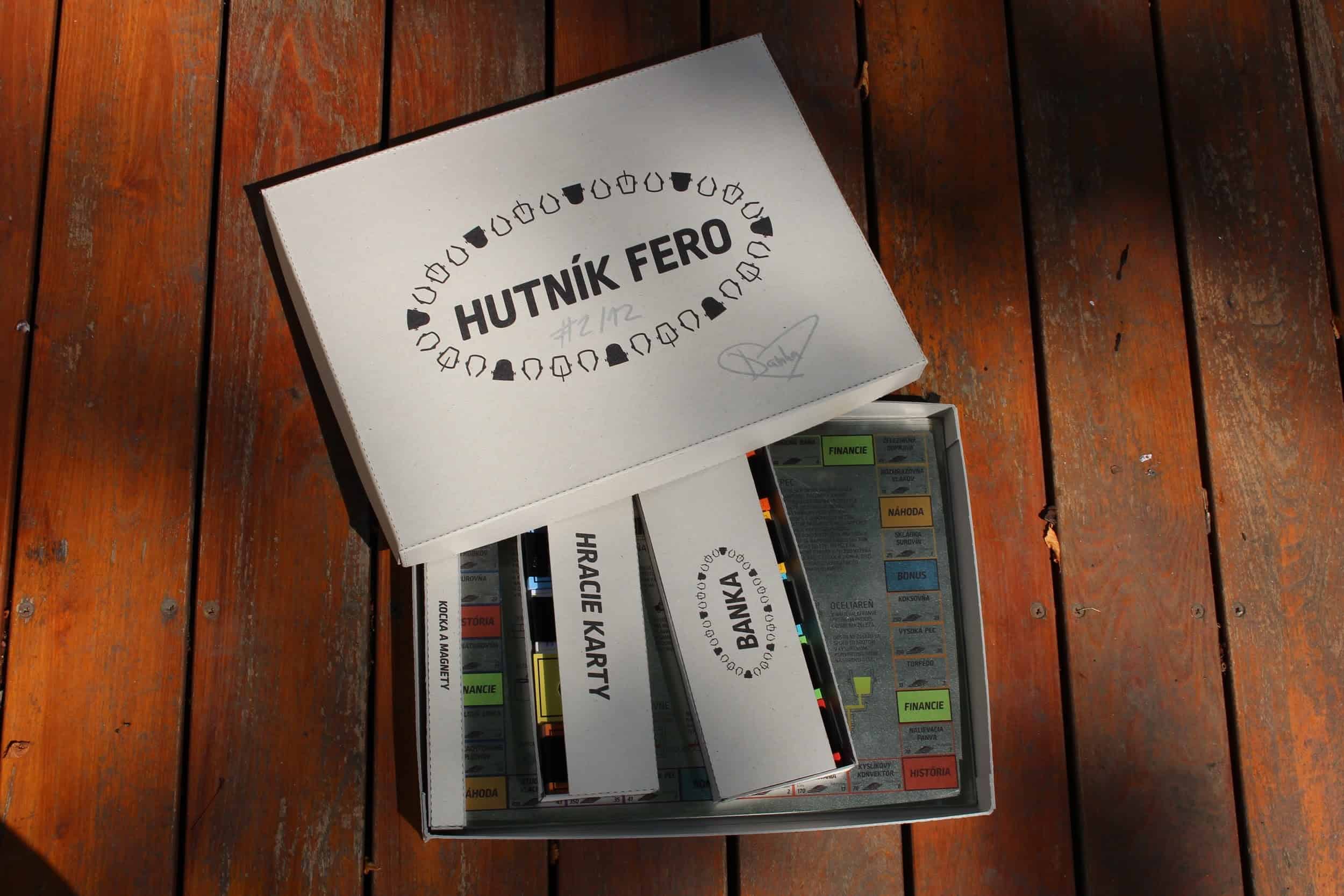
Experiment with new materials for longer product life at Eggos // Celje, Slovenia
In this project, the IT sector and designers collaborated on the creation of an innovative cash register. The result is a product, which makes the transition from classic paper bookkeeping to a digital cash register fast and easy.
Software and hardware company Eggos identified the need for a simple cash register for small businesses operating in challenging circumstances – markets, workshops, bars, and stalls. Given this, the priority was to create a quality product with longer durability. The design studio Miklavc has chosen an innovative sustainable material for this reason – injected wood, which requires no care and is recyclable. They also designed a special handle that allows the user to hold the register in one hand or attach it to the belt or even the wall.
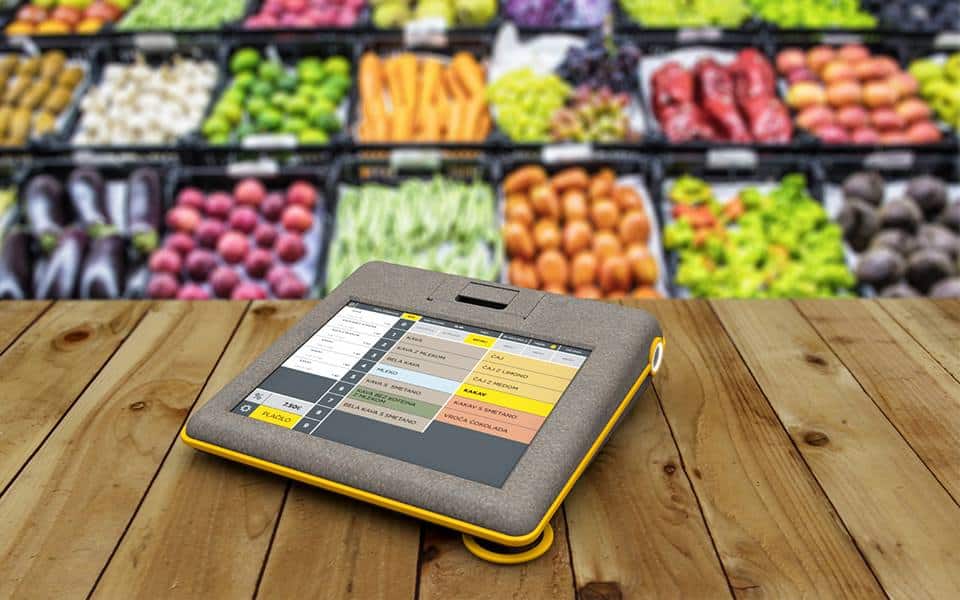
The road to creativity at Maker Art // Rome, Italy
The new MakerArt section at the Maker Faire in Rome offers a platform for interactive installations that are created during art residencies in technically advanced companies. These projects explore the relationship between creativity and new technologies by connecting the art world with inventors, innovators, craftsmen, agriculture, robotics, the healthcare sector, and scientific disciplines.
The project creates a closer relationship between man and machine, brings an ethical perspective in the creation of technological innovations and makes contemporary art accessible to the general public. Visitors can slow down for a moment and reflect on important topics such as environmental sustainability, global warming and the direction society is taking.

Alessandro Giannì 
Josè Angelino / Simone Pappalardo 
Donato Piccolo
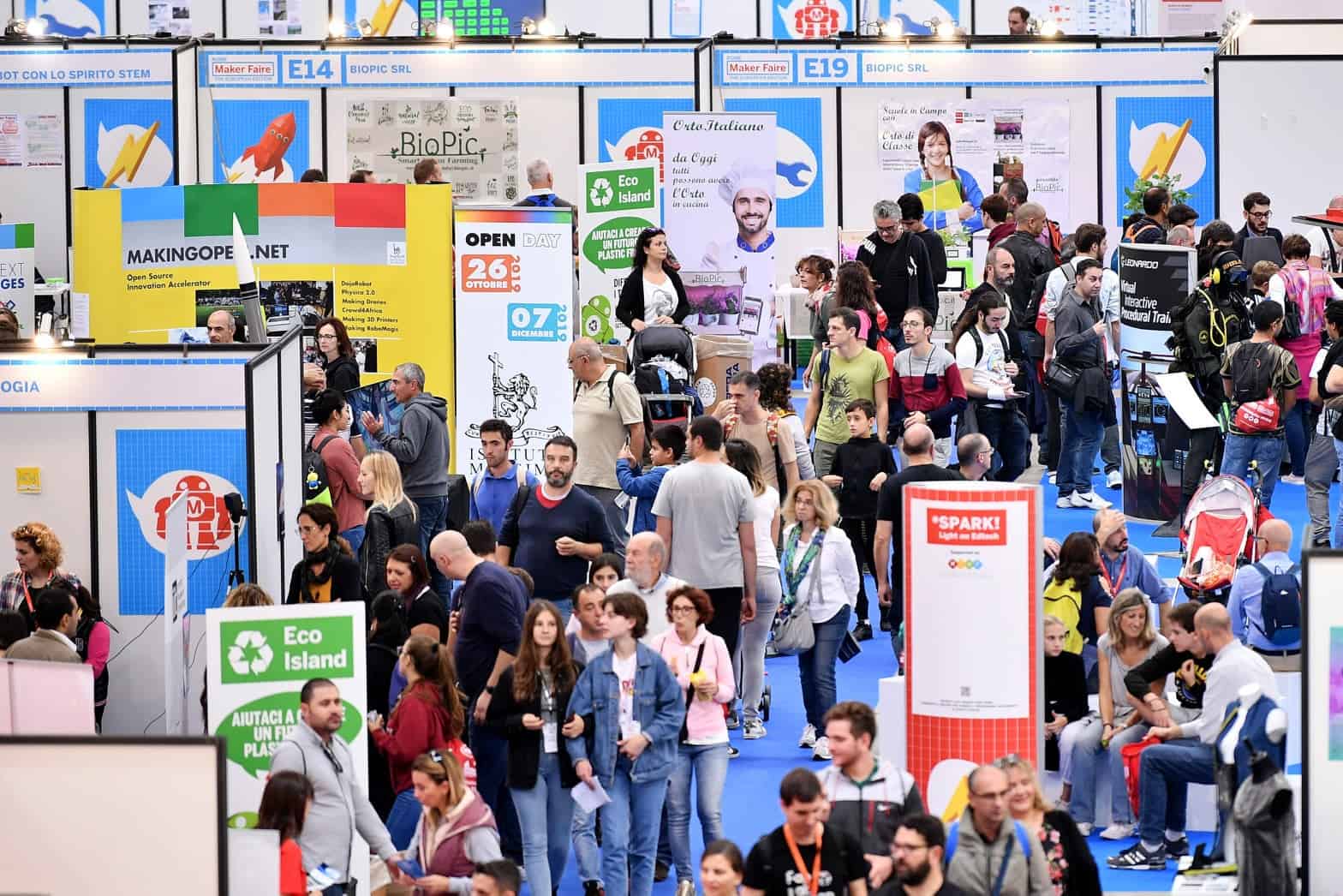
Craftsmen of the future or Robotic Woodcraft // Austria
Industrial robots are fascinating due to their complex, mechanical, often human-like movements. However, they are still perceived as production machines and are not involved in the design of production processes. Robotic Woodcraft is an interdisciplinary research project that aims to turn robots into important design tools.
Achieving that goal required a collaborative effort between different disciplines, including master craftsmen, mathematicians, architects, designers, roboticists from the Association for Robots in Architecture. Similar to robots, wood is a material that has a wide range of uses and is available in a variety of shapes and sizes. They are ideal for interaction with machines, as they can be bent, glued, sprayed. The aim is therefore to move creativity beyond the boundaries of traditional geometry and wood crafts.
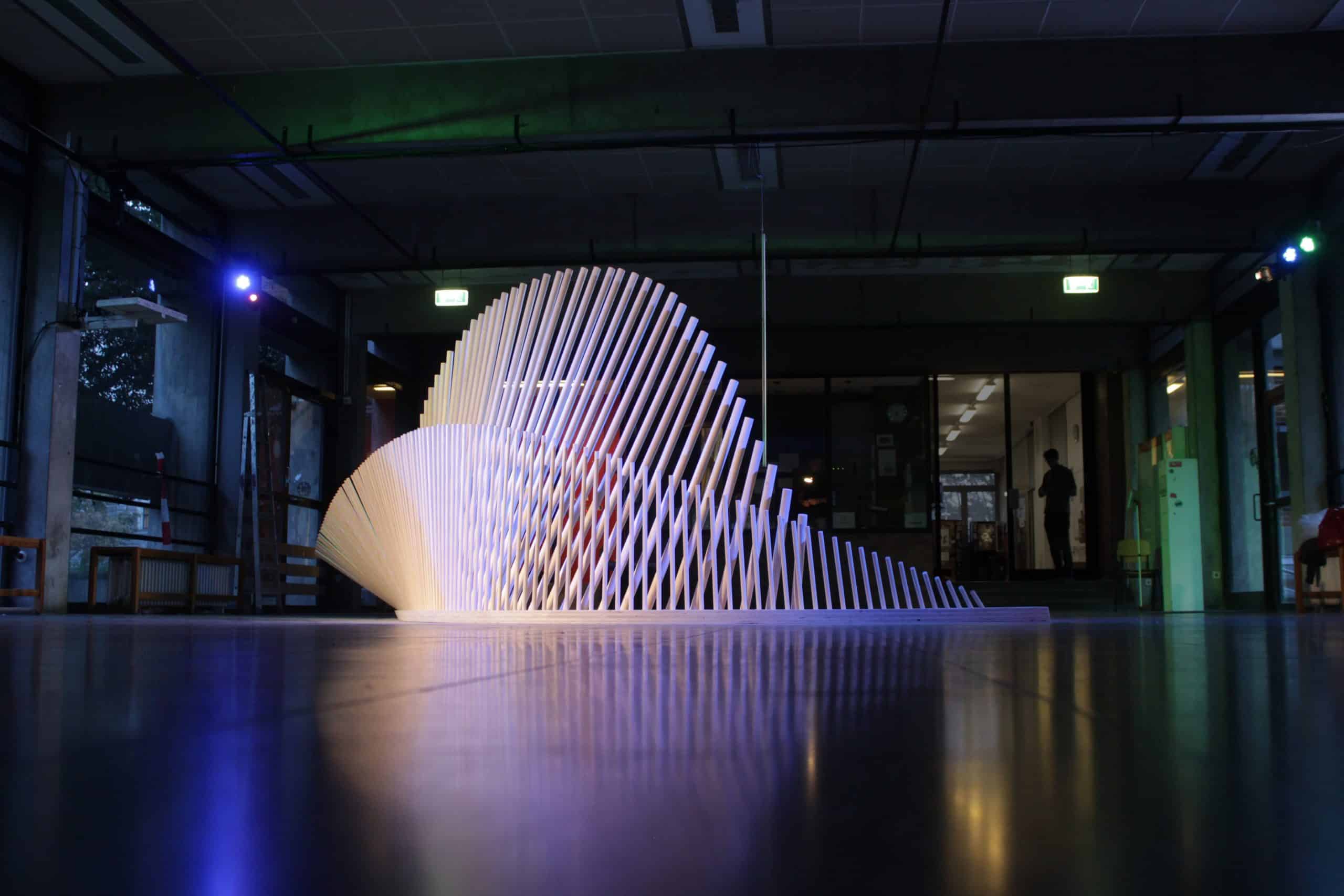
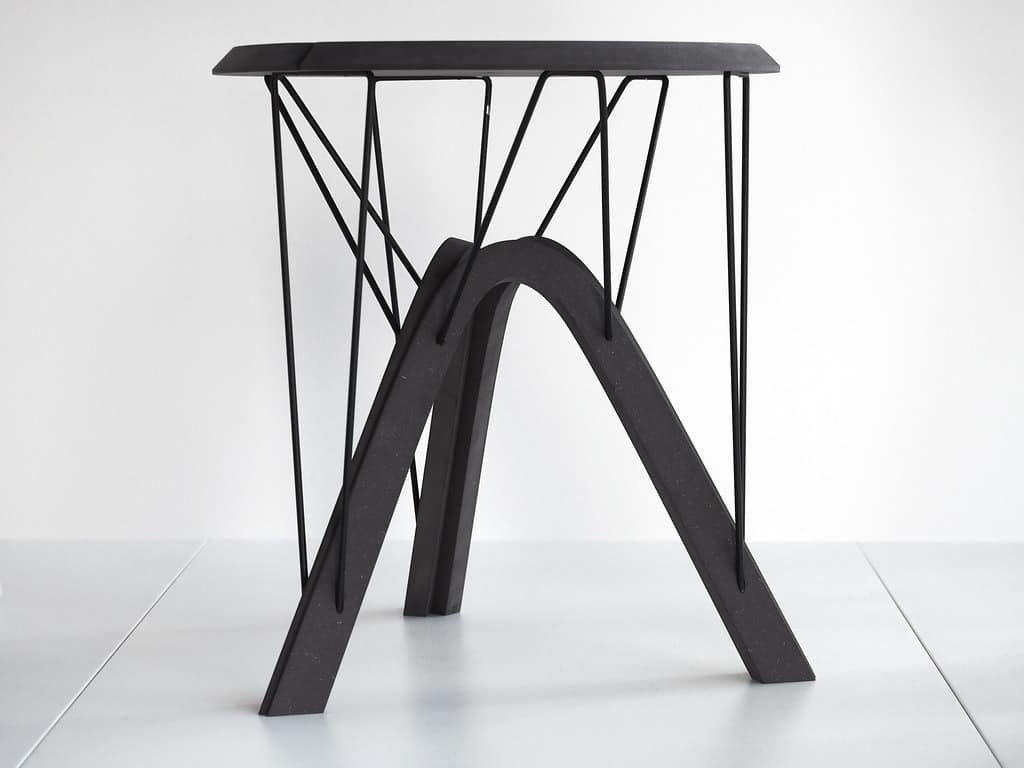
Source: Robotic Woodcraft 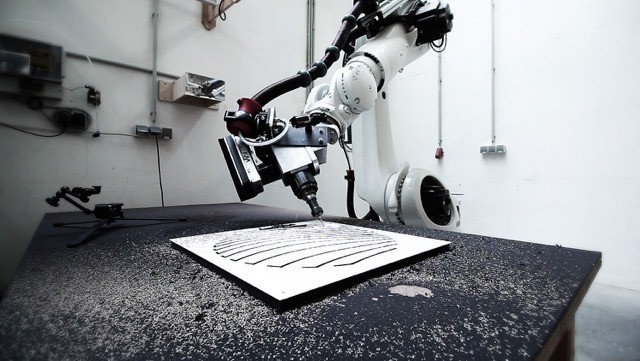
Source: Robotic Woodcraft
If you are interested in taking part in the CoCo4CCI project, either as a creative or an AVM company, follow our website and Facebook for open calls. For more info, you can contact Žofia, project manager, at zofia.teplicka@cike.sk.
The project is funded by the Interreg CENTRAL EUROPE grant scheme.

